Table of content
Daikon radish, often referred to as the “white radish” or “Japanese radish,” is a versatile root vegetable celebrated for its crisp texture, mild flavor, and impressive nutritional profile. Native to East Asia, this elongated, ivory-colored vegetable has become a staple in kitchens worldwide, thanks to its adaptability in both raw and cooked dishes. Whether you’re a seasoned home cook or a curious beginner, this guide will equip you with the knowledge to transform daikon radish into culinary masterpieces. From selecting the freshest specimens to mastering advanced recipes, let’s dive into the world of daikon radish preparation.
Understanding Daikon Radish: Nutritional Benefits and Culinary Uses
Before exploring cooking techniques, it’s essential to appreciate why daikon radish deserves a spot in your kitchen. Low in calories yet rich in vitamins C, B6, and folate, daikon is also a stellar source of dietary fiber and antioxidants like magnesium and potassium. Its high water content (about 95%) makes it hydrating, while its enzymes aid digestion—a trait prized in traditional medicine.
Culinarily, daikon’s mild, slightly peppery flavor allows it to blend seamlessly into dishes. It can be eaten raw in salads, pickled for tangy condiments, simmered in soups, stir-fried with vegetables and meats, or even grated into delicate garnishes. Its versatility extends to global cuisines: in Japan, it’s pickled as takuan or simmered in oden; in Korea, it’s a key ingredient in kimchi; and in Chinese cooking, it’s braised with soy sauce or sliced into crispy pancakes.
Selecting and Storing Daikon Radish
The journey to a perfect daikon dish begins at the grocery store or farmers’ market. Look for firm, unblemished roots with vibrant green tops (if attached). Avoid specimens with soft spots, wrinkles, or sprouting roots, as these indicate age or improper storage. Smaller daikons tend to be sweeter, while larger ones may have a slightly spicier kick.
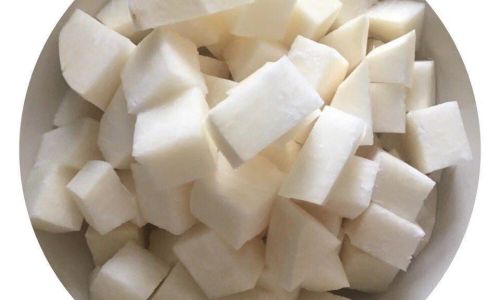
Once home, store daikon in a plastic bag in the refrigerator’s crisper drawer for up to two weeks. For longer-term storage, wrap it in damp paper towels and place it in a perforated bag. If you’ve purchased daikon with greens still attached, remove them before storing, as the leaves draw moisture from the root.
Preparing Daikon Radish: Basic Techniques
Washing and Peeling
Rinse daikon under cool water to remove dirt. While the skin is edible, peeling is often preferred for a smoother texture, especially in raw preparations. Use a sharp vegetable peeler or a knife to gently strip away the outer layer, taking care not to remove too much flesh.
Cutting Methods
Daikon’s firmness makes it ideal for various cuts:
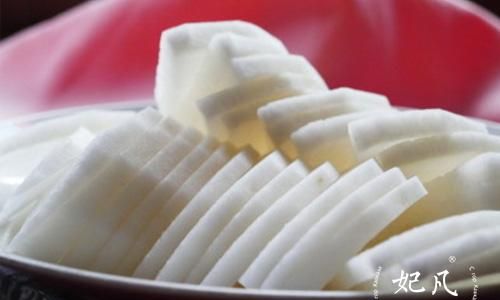
- Julienne: Slice the radish into matchsticks for salads or garnishes.
- Rounds: Cut crosswise into ¼-inch thick slices for stir-fries or pickling.
- Half-Moons: Halve the radish lengthwise, then slice into semicircles.
- Cubes: Dice into uniform pieces for stews or roasting.
A mandoline slicer can expedite the process for consistent thickness, but a sharp knife works equally well.
Removing Bitterness (Optional)
Some daikons may have a subtle bitterness, especially near the stem end. To mitigate this, salt the sliced radish lightly, let it sit for 10 minutes, then rinse and pat dry. This draws out excess moisture and mellows the flavor.
Cooking Methods: From Raw to Roasted
Raw Applications
- Salads: Thinly shred daikon and toss with carrots, cucumbers, and a sesame-soy dressing.
- Slaws: Combine with apple, cabbage, and a creamy dressing for a crunchy side.
- Garnishes: Grate daikon and serve alongside sushi or grilled meats.
Pickling
Quick-pickled daikon adds a zesty punch to bowls, tacos, or sandwiches.
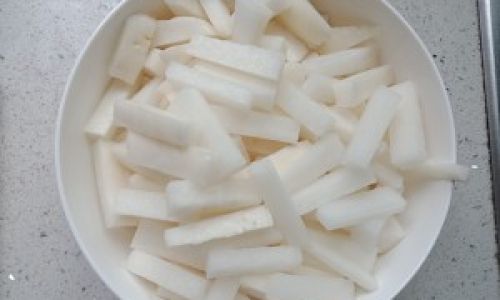
- Recipe:
- Slice daikon into thin rounds or julienne.
- In a saucepan, combine 1 cup rice vinegar, ½ cup sugar, 1 tbsp salt, and 1 cup water. Bring to a simmer until sugar dissolves.
- Pour the brine over the daikon and let cool. Refrigerate for at least 1 hour before serving.
Stir-Frying
Daikon’s crisp texture holds up well in high-heat stir-fries.
- Recipe:
- Heat 1 tbsp sesame oil in a wok. Add minced garlic and ginger, then 2 cups sliced daikon.
- Stir-fry for 3 minutes, then add 1 cup sliced bell peppers and 1 tbsp soy sauce.
- Cook until tender-crisp, then garnish with sliced scallions.
Simmering and Braising
Slow-cooking daikon mellows its flavor and softens its texture.
- Japanese-Style Daikon Simmer (Oden):
- In a pot, combine 4 cups dashi broth, ¼ cup soy sauce, 2 tbsp mirin, and 1 tbsp sugar.
- Add 2 cups daikon chunks, 2 hard-boiled eggs, and 1 cup konjac noodles.
- Simmer for 30 minutes until daikon is tender. Serve with mustard.
Roasting
Roasting caramelizes daikon’s natural sugars, creating a rich, savory side dish.
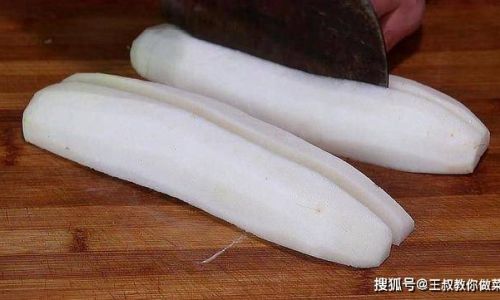
- Recipe:
- Preheat oven to 400°F (200°C). Toss 4 cups daikon wedges with 2 tbsp olive oil, 1 tsp smoked paprika, and salt.
- Roast on a baking sheet for 25–30 minutes, flipping halfway, until golden and tender.
Grating and Fritters
Grated daikon forms the base of crispy, flavorful pancakes.
- Korean Radish Pancake (Chaehanjeon):
- In a bowl, mix 2 cups grated daikon, ½ cup flour, 1 beaten egg, 2 chopped scallions, and salt.
- Heat 2 tbsp vegetable oil in a skillet. Spoon batter into rounds and fry until golden, 3–4 minutes per side.
Advanced Recipes: Elevating Daikon Radish
Daikon Radish and Pork Belly Stew
A hearty one-pot meal that highlights daikon’s ability to absorb flavors.
- Ingredients:
- 1 lb pork belly, cubed
- 4 cups daikon, peeled and chunked
- 1 onion, sliced
- 4 garlic cloves, minced
- 2 cups chicken broth
- ¼ cup soy sauce
- 2 tbsp mirin
- 1 tbsp sugar
- Instructions:
- Brown pork belly in a Dutch oven. Add onion and garlic; sauté until soft.
- Stir in broth, soy sauce, mirin, and sugar. Bring to a boil, then reduce heat.
- Add daikon and simmer for 1 hour until meat is tender. Serve with rice.
Daikon Radish Gratin
A creamy, cheesy bake that transforms daikon into comfort food.

- Ingredients:
- 3 cups daikon, thinly sliced
- 1 cup heavy cream
- 1 cup Gruyère cheese, shredded
- 2 garlic cloves, minced
- 1 tbsp butter
- 1 tbsp thyme leaves
- Instructions:
- Preheat oven to 375°F (190°C). Blanch daikon slices in boiling water for 2 minutes; drain.
- In a saucepan, melt butter. Add garlic and thyme; sauté 1 minute. Stir in cream and simmer 5 minutes.
- Layer daikon in a baking dish, pour cream mixture over, and top with cheese. Bake 25–30 minutes until golden.
Spicy Daikon Kimchi
A fermented condiment that adds probiotics and heat to meals.
- Ingredients:
- 1 large daikon, julienned
- 2 tbsp Korean chili flakes (gochugaru)
- 1 tbsp fish sauce
- 1 tbsp sugar
- 1 tbsp minced garlic
- 1 tsp grated ginger
- Instructions:
- Toss daikon with salt and let sit 1 hour. Rinse and drain.
- Mix chili flakes, fish sauce, sugar, garlic, and ginger. Toss with daikon.
- Pack into a jar and ferment at room temperature for 2–3 days before refrigerating.
Troubleshooting Common Issues
- Mushy Texture: Avoid overcooking daikon; remove from heat when tender-crisp.
- Excess Moisture: Salt raw daikon to draw out liquid before cooking.
- Bland Flavor: Pair with bold seasonings like garlic, ginger, or chili.
Conclusion: Embracing Daikon Radish’s Potential
Daikon radish is more than a humble root vegetable—it’s a canvas for culinary creativity. Whether you’re craving the refreshing crunch of a salad, the warmth of a simmered stew, or the tang of homemade kimchi, daikon delivers. Experiment with global flavors, adjust textures to your liking, and don’t shy away from pairing it with unexpected ingredients. With this guide in hand, you’re ready to elevate daikon radish from a side dish to the star of your table. Happy cooking!
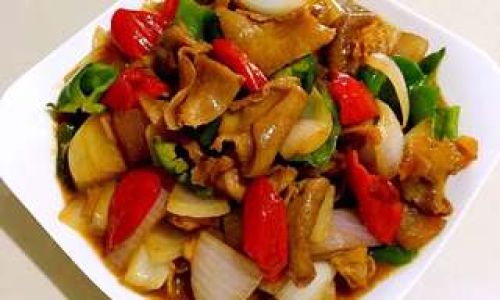
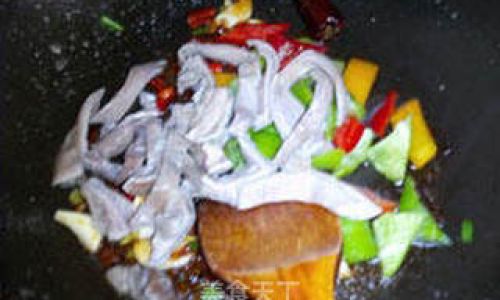

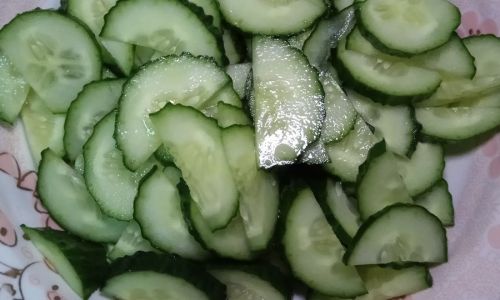
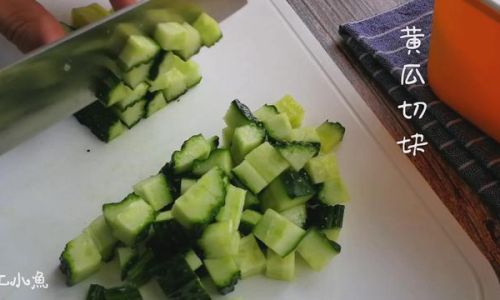
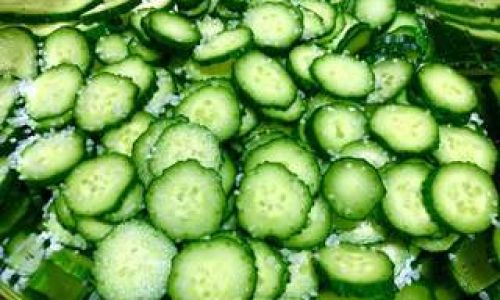
0 comments